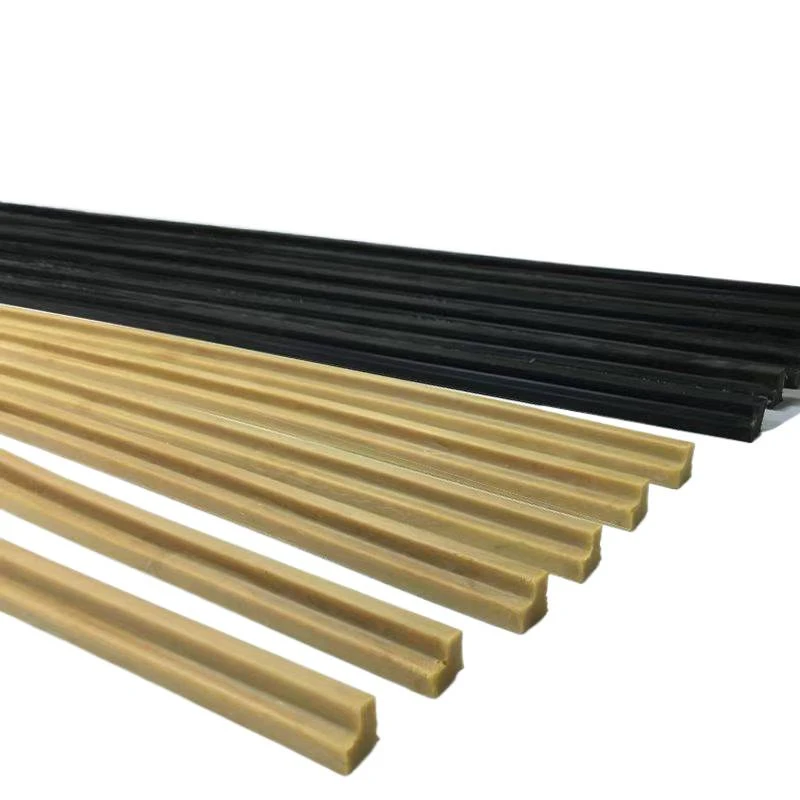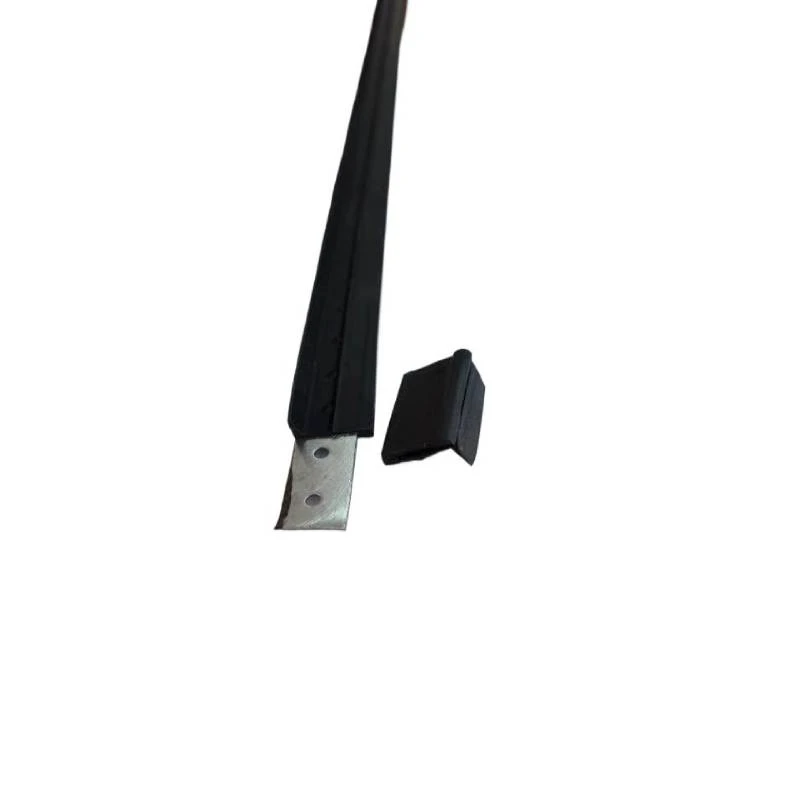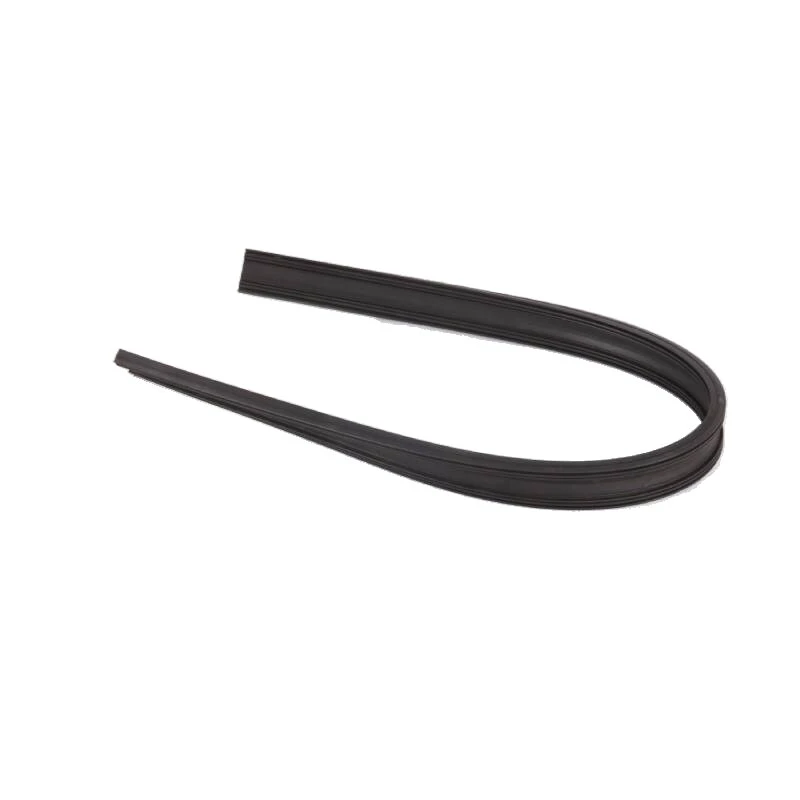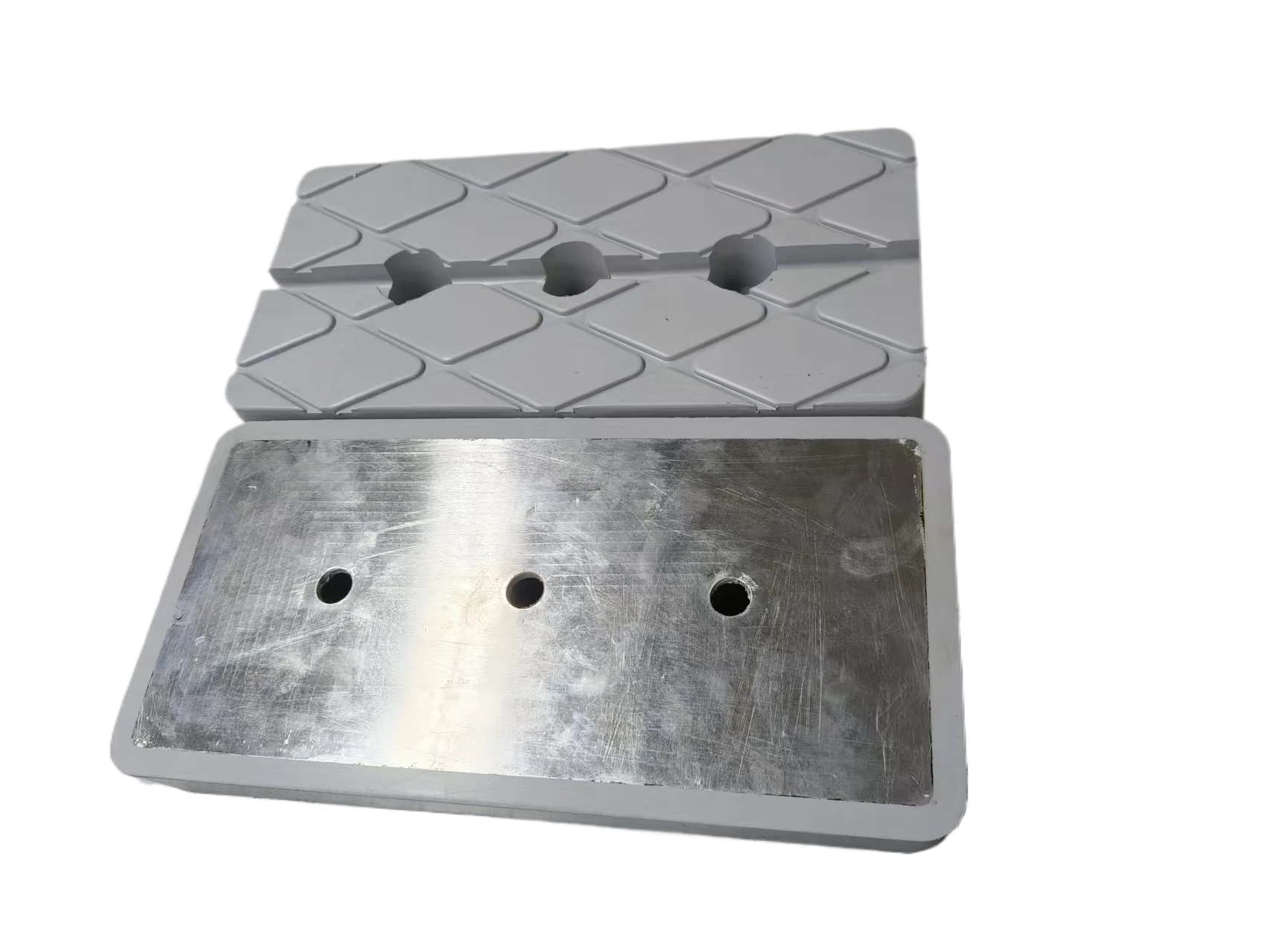Nov . 24, 2025 10:23
Back to list
Plastic Wheelchair Wheels: Durable, Affordable Mobility Solutions Worldwide
Understanding Plastic Wheelchair Wheels: Why They Matter Globally
Plastic wheelchair wheels might not be the first thing that jumps to mind when thinking about accessibility or mobility solutions, yet they have a surprisingly big role worldwide. As the global population ages and organizations push harder for inclusive environments, wheelchair technology innovations, like plastic wheels, have come to the forefront. Why does this matter? Well, wheelchair wheels—often overlooked—are critical for ease of movement, durability, and affordability. Plastic wheelchair wheels blend lightweight design with cost-effective production, making mobility aids more accessible in emerging markets and humanitarian crises. Simply put: understanding plastic wheelchair wheels helps us appreciate cost-efficient mobility aids that literally keep millions on the move, improving quality of life everywhere. ---Plastic Wheelchair Wheels in the Global Context
Mobility is a universal right, yet WHO estimates over 70 million people worldwide need a wheelchair, with only a fraction having access to adequately designed ones. Plastic wheelchair wheels aren't just an engineering product—they represent a global endeavor to tackle mobility inequality. The UN’s Disability Inclusion Strategy highlights accessible mobility as vital for independence and dignity. Yet many regions, from sub-Saharan Africa to parts of Asia, face supply challenges due to logistics, cost, or harsh environmental conditions. Plastic wheelchair wheels address some key challenges: they’re lighter than metal wheels, typically cheaper to produce, and resist corrosion in humid climates. Plus, as more wheelchair users live in developing countries, these wheels meet the demand for durable yet affordable solutions. ---What Exactly Are Plastic Wheelchair Wheels?
In simplest terms, plastic wheelchair wheels are wheels made primarily from engineered plastics or polymer composites designed to enable smooth movement and durability on manual and powered wheelchairs. Unlike traditional metal or rubber wheels, these incorporate different layers: a sturdy rim made of polypropylene or nylon and a tread sometimes infused with rubber compounds for traction. The central bearing hubs often use metal or reinforced plastic for stability. They reflect a modern manufacturing trend: combining materials science with ergonomic needs to produce reliable, lightweight, and cost-efficient wheelchair components. ---Key Factors Defining Plastic Wheelchair Wheels
Durability and Wear Resistance
Plastic wheelchair wheels are engineered to resist wear and abrasion better than basic rubber wheels. Many use polymer blends tested against ISO standards for weather exposure and lifespan, which means users get longer use before replacements.Lightweight Design
One huge plus is weight savings. Plastic wheels are often 20–30% lighter than metal alternatives, reducing overall wheelchair weight, which translates to easier propulsion for users and less energy spent.Cost Efficiency
Production costs are generally lower thanks to injection molding and mass production techniques. For NGOs or manufacturers servicing low-income markets, plastic wheels bring affordability without compromising safety.Environmental Resistance
Unlike steel wheels that may corrode, plastics resist rust and saltwater damage, essential in tropical or disaster-relief scenarios where wheelchairs face harsher conditions.Customizability
Because plastics can be molded easily, wheels can be customized for diameter, tread pattern, or color based on user needs or branding. This flexibility helps wheelchair makers innovate quickly. Mini Takeaway: The combination of durability, lightness, and cost savings makes plastic wheelchair wheels a true game-changer for global mobility. ---Global Applications & Use Case Insights
Plastic wheelchair wheels have already made noticeable impacts across diverse contexts: - Post-Disaster Relief: In earthquake or flood zones, temporary shelters often come with emergency wheelchairs equipped with plastic wheels, which tolerate debris and water better than metal parts. - Remote Industrial Zones: Sites with rough terrain use wheelchairs with rugged plastic composite wheels that balance toughness with ease of repair. - Urban Accessibility Programs: Municipal healthcare providers use plastic wheels in public outreach programs, helping distribute lighter, durable wheelchairs to elderly patients. - Educational Institutions: Schools for special needs children increasingly demand adaptable, colorful wheels — here, plastic’s customizability shines. Key organizations like UNICEF, WHO, and local NGOs have noted improved acceptance and longevity of wheelchairs thanks in part to these wheels. ---Advantages & Long-Term Value of Plastic Wheelchair Wheels
Let’s zoom out a little. What enduring benefits do plastic wheels bring beyond innovation buzzwords? - Cost Savings: Lower production and maintenance costs allow providers to allocate budgets to training, user education, or spare parts. - Sustainability: Many manufacturers are exploring recyclable plastics, contributing to less waste compared to metal-heavy alternatives. - Safety & Comfort: Lighter wheels prevent strain injuries for users pushing their wheelchairs daily, improving quality of life. - Social Impact: Dignity comes from reliable equipment—knowing your wheelchair won’t fail amidst unfamiliar terrain or harsh weather means trust and confidence. - Innovation Ecosystem: The flexibility in design encourages startups and social enterprises to experiment with smart wheels that could integrate sensors or solar charging soon. ---Future Trends & Innovations in Plastic Wheelchair Wheels
The horizon looks exciting. Several trends are shaping the future: - Sustainable Polymers: Biodegradable or recycled plastics will lower environmental footprints. - Smart Wheels: Embedded IoT sensors tracking wheel condition, speed, or terrain type. - 3D Printing Customization: Rapid prototyping makes tailor-made wheels faster and cheaper. - Automated Production Lines: Enhances scalability and uniform quality control. - Policy Pushes: Governments and ISO are eyeing new standards focusing on wheelchair durability and environmental impact. I noticed a few startups even working on integrating mini solar panels onto wheel hubs… frankly, the sky’s the limit. ---Challenges & Practical Solutions
Plastic wheelchair wheels aren’t flawless — not yet. Common limitations include: - Load Capacity: While stronger composites help, some plastic wheels can’t yet match metal wheels for very heavy users. - Heat Sensitivity: Prolonged exposure to extreme heat or sunlight might degrade plastics faster. - Repairability: Specialized molds and parts mean field repairs can be tricky without the right tools. Solutions? Engineers recommend mixing plastic wheels with metal cores or integrating UV stabilizers in plastics. NGOs work on field-service kits to streamline repairs. Knowledge sharing on material testing (per ISO 7176 standards) is gradually improving overall durability. ---Product Specification Table: Plastic Wheelchair Wheels
| Feature | Specification | Notes |
|---|---|---|
| Wheel Diameter | 200-600 mm (8-24 inches) | Varies per wheelchair model |
| Material | Polypropylene/Nylon composite | UV stabilized options available |
| Weight | 600-1200 grams per wheel | ~30% lighter than metal |
| Load Capacity | Up to 120 kg (265 lbs) | Reinforced composites improve strength |
| Tread Type | Rubber-infused or polyurethane | Optimized for indoor/outdoor |
Vendor Comparison: Leading Plastic Wheelchair Wheel Suppliers
| Supplier | Global Reach | Customization Options | Price Range | Sustainability Initiatives |
|---|---|---|---|---|
| WheelPro Plastics | Global (50+ countries) | Diameter, tread, color | $25 - $45 per wheel | Recycled plastics program |
| EcoWheel Solutions | Mainly Asia & Africa | Standard sizes, limited colors | $18 - $35 per wheel | Biopolymer development pilot |
| Global Mobility Tech | Worldwide | Full customization, tech integration | $40 - $65 per wheel | ISO certified environmental process |
FAQ: Your Questions About Plastic Wheelchair Wheels
- Can plastic wheelchair wheels handle rough terrain?
Yes, many plastic wheels are reinforced with composite materials and specialized treads to handle uneven and rough surfaces, although extreme off-road use may still favor hybrid or metal options. - How do plastic wheels compare in cost against traditional metal ones?
Typically, plastic wheels are 20-40% less expensive due to cheaper raw materials and streamlined manufacturing processes, which helps keep overall wheelchair costs affordable. - Are plastic wheelchair wheels repairable in the field?
Minor repairs like cleaning and bearing lubrication can be done easily, but structural repairs generally require replacement parts or specialized tools due to molded construction. - Do plastic wheels affect the wheelchair’s weight?
Yes, they significantly reduce weight, making wheelchairs easier to propel and transport, which benefits elderly or less physically strong users. - Are plastic wheels environmentally friendly?
Many manufacturers are moving towards recyclable or bio-based plastics, and production processes are also becoming cleaner, addressing environmental concerns.
Conclusion + Call to Action
In the long run, plastic wheelchair wheels simplify the balance between cost, durability, and user comfort—vital for accessible mobility worldwide. They are quietly revolutionizing how wheelchairs are designed and distributed, especially where resources matter most. If you want to dive deeper into the world of wheelchair tech or explore customizable, high-quality plastic wheelchair wheels, visit our website: https://www.fygasket.com. Mobility isn't just a feature—it's a right that good design helps uphold. --- Mini Reflection: Honestly, as I explored this, it felt like these humble components symbolize much more than engineering—they shape how communities and individuals reclaim independence every day.References:
1. WHO, World Report on Disability, 2011
2. United Nations Disability Inclusion Strategy, 2019
3. ISO 7176 - Wheelchairs Standards
Latest news
-
Plastic Pelton Wheel – Lightweight, Cost-Effective Hydropower SolutionsNewsNov.24,2025
-
Durable and Cost-Effective Plastic Sheave Wheels for Modern IndustryNewsNov.24,2025
-
Plastic Spoke Wheel – Lightweight, Durable Wheels for Global Mobility SolutionsNewsNov.24,2025
-
Plastic Stem Casters: Durable, Cost-Effective Mobility Solutions for Every IndustryNewsNov.24,2025
-
Plastic Wheel Roller: Durable, Lightweight Solutions for Modern IndustryNewsNov.24,2025
-
Small Plastic Casters – Durable, Lightweight Wheels for Global MobilityNewsNov.24,2025
-
Irregular Seals | Custom Precision, Fast Prototypes, Low MOQNewsNov.17,2025
























